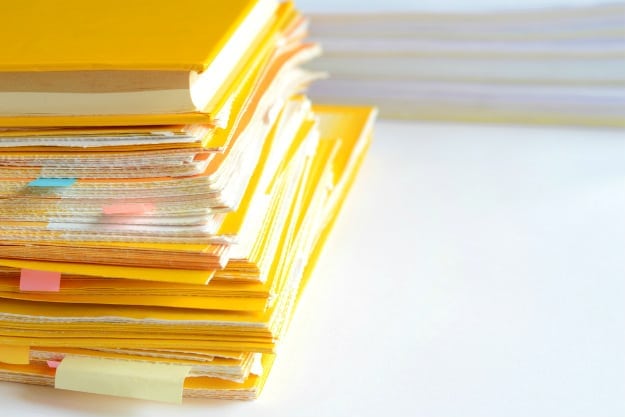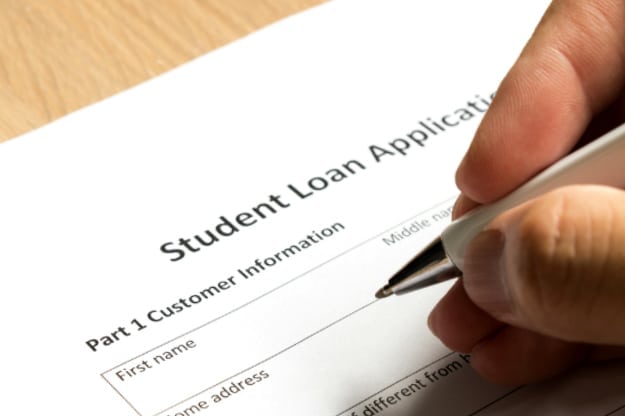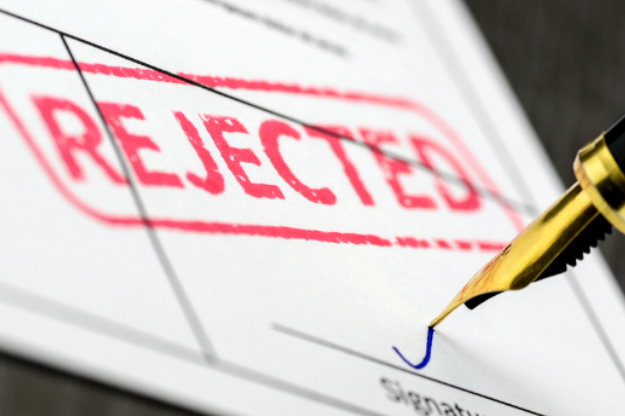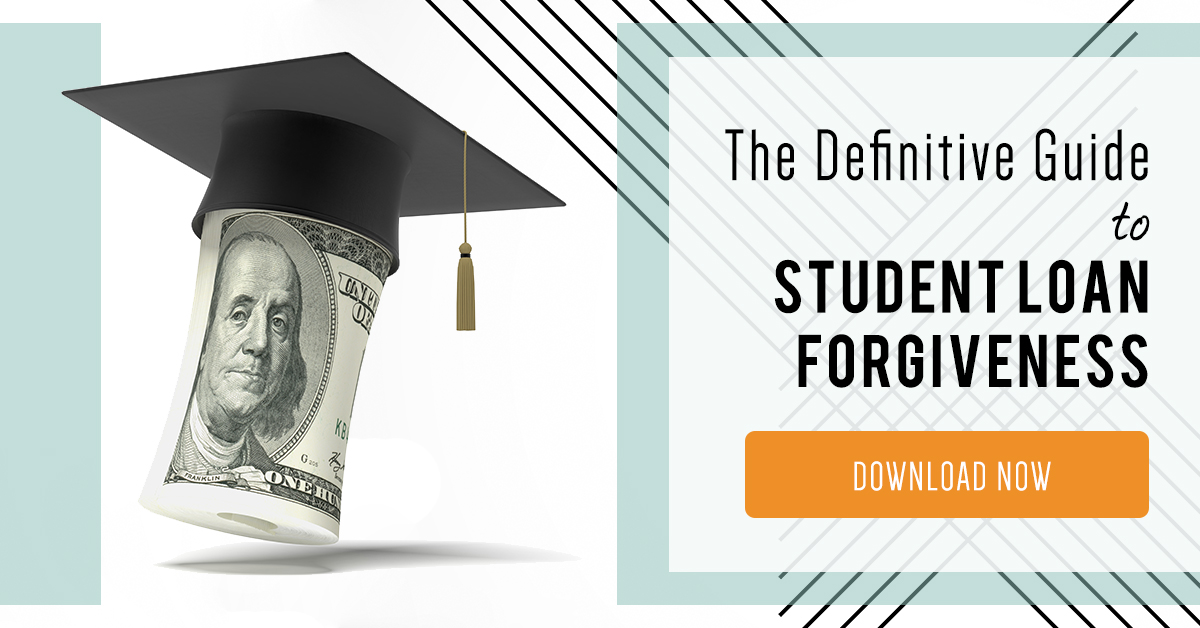Student loan forgiveness application can be a long and tricky process.
There are many student loan forgiveness programs available. And loan holders can get confused if they qualify or not.
Here’s a step-by-step loan discharge application guide to help you through the process.
Student Loan Forgiveness Application | How Does It Work?
1. Contact Your Loan Servicer

One huge advantage of federal student loans is it has a forgiveness program.
But one of the main drawbacks is you can’t choose your loan servicer.
Some possible providers include CornerStone, FedLoan Servicing, and Nelnet.
You can contact your loan servicer first before submitting any applications. They will guide you about what your possible options are.
2. Check Which Programs You Qualify For
You have many student loan forgiveness options to apply for depending on your loan type or job. Most of them need you to make 120 payments for 10 years before approval.
The most common type of loan forgiveness is the Public Service Loan Forgiveness. This is available to you if you have a direct loan and work for the government. It’s also available for those who work in a non-profit organization.
(Bonus Tip: Get the full guide on all the student loan forgiveness programs and how you may be able to qualify. You learn everything from what program may be best for you, to qualifying and applying for forgiveness successfully. Click here to learn more and get the free guide.)
Other student loan forgiveness programs include but are not limited to the following:
- Teacher Loan Forgiveness
- Perkins Loan Cancellation and Discharge
- Total and Permanent Disability Discharge
- Closed School Discharge
3. Prepare All the Necessary Documents

Get all documents ready to keep you from getting denied.
Having complete documents will fast-track your application process.
4. Complete the Forgiveness Application Form

Complete your application form.
This varies based on which program you qualify for. For example, if you qualify for a PSLF Program, you must complete the PSLF: Employment Certification Form.
Other programs have different application forms.
5. Submit the Completed Form

Submit the form and all documents to your loan servicer.
The processing time for a student loan forgiveness application varies. This depends on your submission of the Employment Certification Form.
You should regularly file this form to make the process faster.
It’s also important that you hand over your requirements as early as possible. This lets your loan service process your application right away.
6. Waiting for the Result

Upon approval of your application, you will get a notice of forgiveness of your student loan.
And while the loan application is being processed you are not required to make payment.
But, I suggest you do so as in case of approval, any overpayments are refundable.
7. Denied Application

If your application is unsuccessful, your servicer gives you three reasons for ineligibility
. This time, you may continue with your payment.
Reminder: interests may grow if you’re not making payments during the application process.
Are you considering availing of student loan forgiveness programs? Watch this video by The College Investor to know the main types you can check out.
For most families, student loan repayments is a big burden on their monthly expenditures.
That is why government programs such as loan forgiveness programs offer a big relief for US households.
Start acting now and learn if you too can qualify for any of the forgiveness programs.
Do you have any experience with student loan forgiveness application? Share your thoughts with us in the comments section below.
(Bonus Tip: Get the full guide on all the student loan forgiveness programs and how you may be able to qualify. You learn everything from what program may be best for you, to qualifying and applying for forgiveness successfully. Click here to learn more and get the free guide.)
Up Next: Credit Union Student Loans: Your Escape from Student Debt?


Leave a Reply